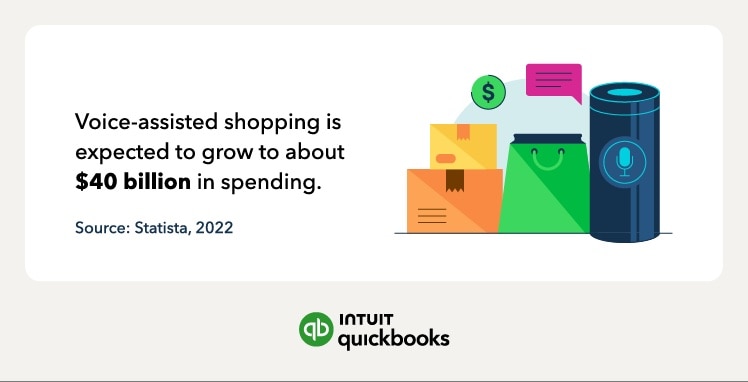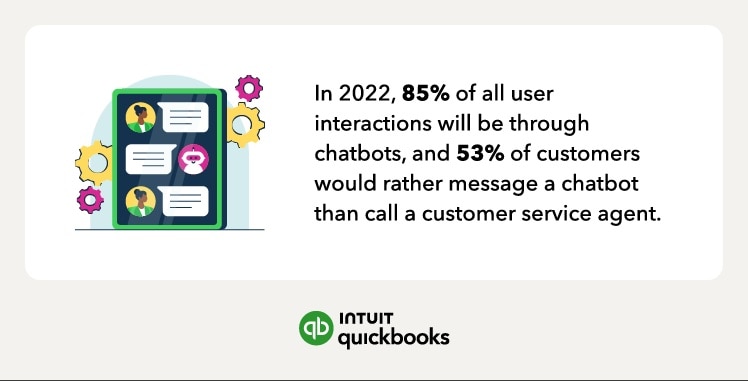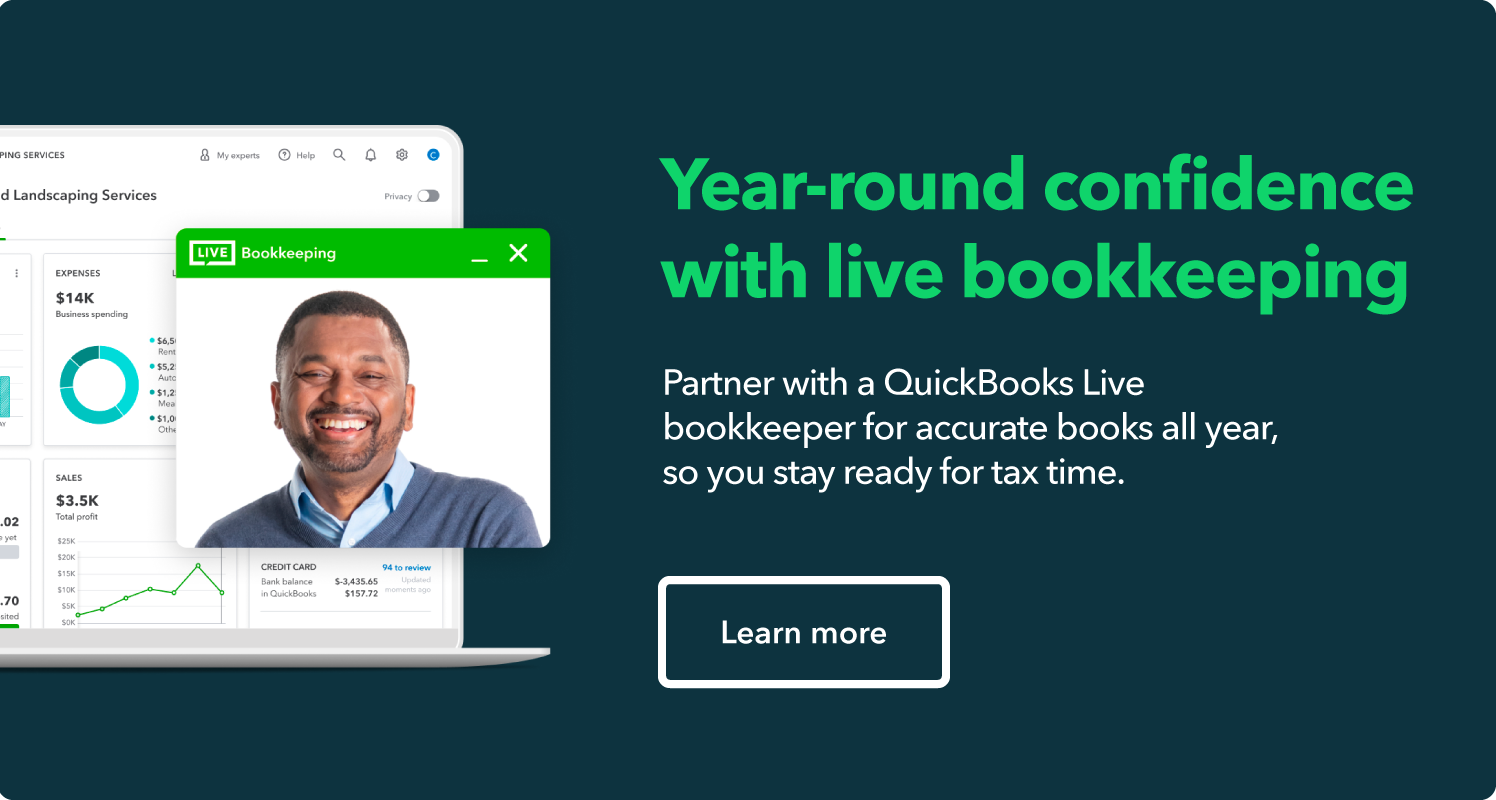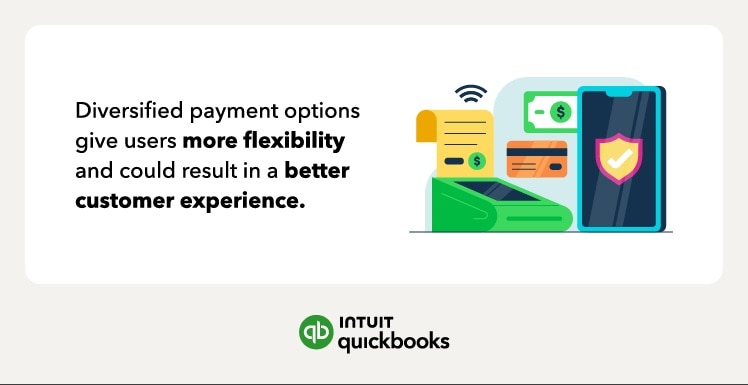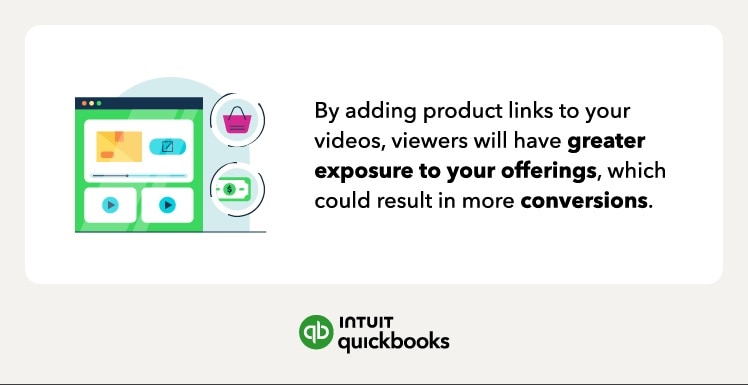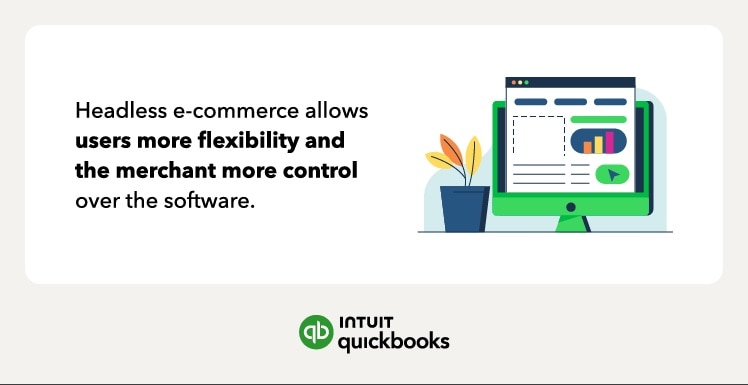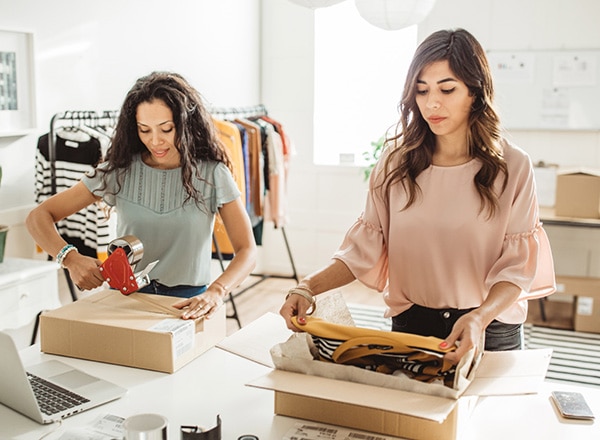E-commerce, which refers to electronic commerce a.k.a. online shopping, is a rapidly changing industry—between 2021 and 2025, the e-commerce market is expected to grow to $11 trillion. With the rise in e-commerce opportunities also comes an increase in competition across brands, so it’s essential for businesses to stay on top of the latest trends.
Whether you’re a new entrepreneur or you’re looking for ways to expand your business, check out these e-commerce trends to know in 2022.









